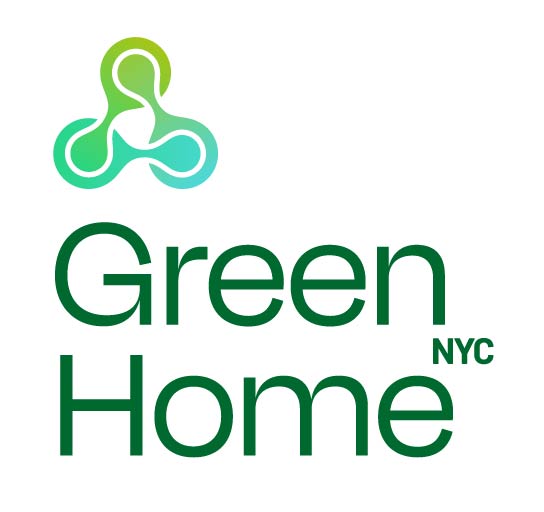- Create a New York City Energy Code that existing buildings will have to meet whenever they undergo renovations;
- Require buildings of 50,000 square feet or more to conduct an energy audit once every ten years and make any improvements that pay for themselves within five years;
- Require commercial buildings of 50,000 square feet or more to upgrade their lighting to more energy-efficient systems that pay for themselves through energy savings;
- Require buildings of 50,000 square feet or more to make an annual benchmark analysis of energy consumption so building owners can better understand what steps they can take to increase efficiency
Green Building Bills Hearing: Friday, June 26
This hearing has been moved to Friday June 26 at 10 AM.
On Earth Day 2009, the City announced a package of four bills mandating energy efficiency upgrades for a large percentage of the city’s structures. The New York City Council is holding a hearing on these bills on Friday, June 19 at 10am. These are important bills – both in their scope and content. We encourage you to read up on the proposals, and if you have an opinion, go to the hearing, participate, and testify. Public input absolutely impacts the final form of these bills, and the committee stage is where the major revisions will take place.
A more thorough description of the bills is below, but in short, this legislation would:

Leave a Reply
You must be logged in to post a comment.